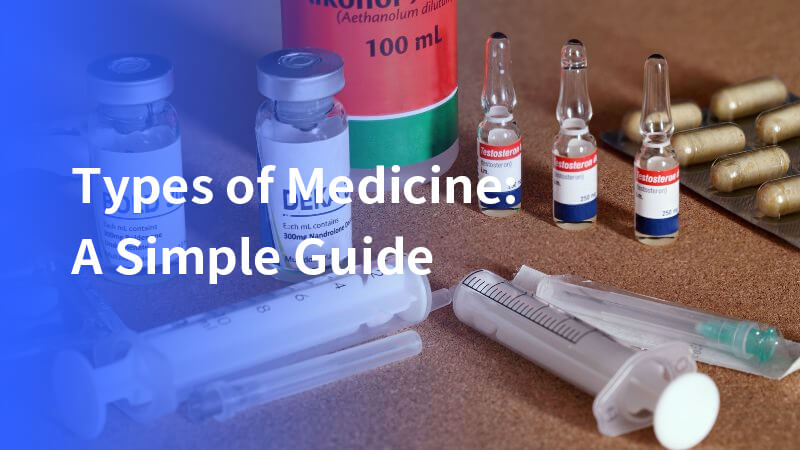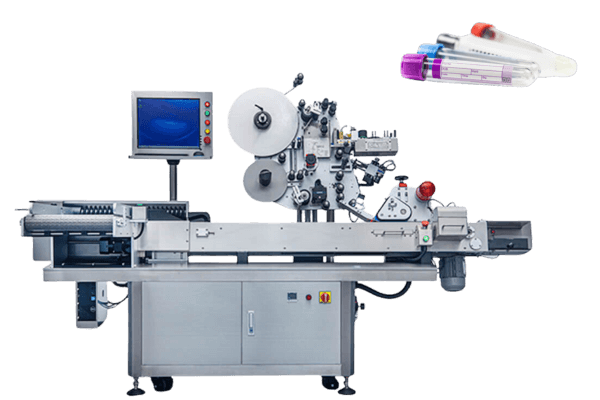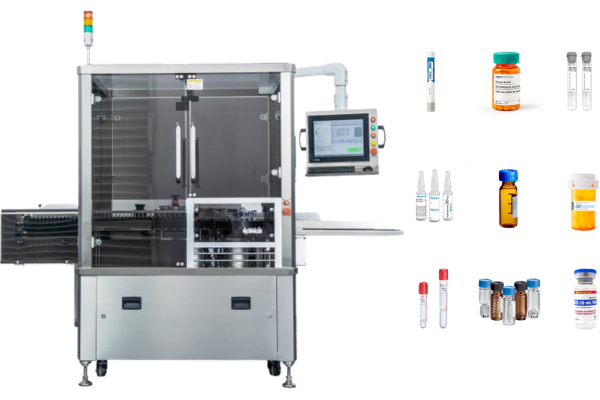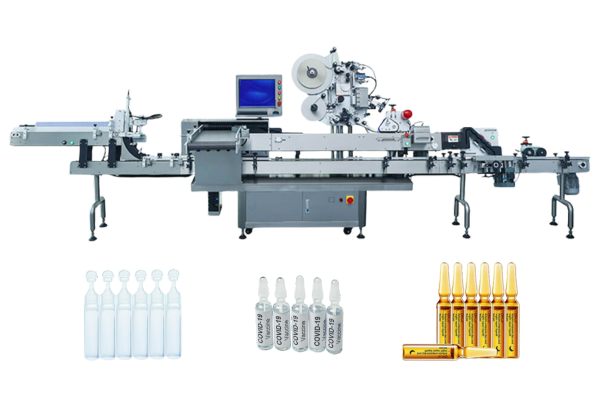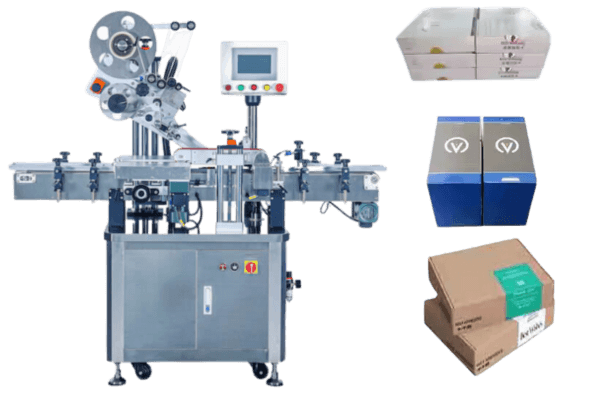There are many types of medicine, and understanding them helps both patients and healthcare providers. Medicines play a vital role in treating diseases, relieving pain, and improving overall health. Each type has a specific purpose, depending on how it works or where it comes from.
In this guide, we will explore how medicines are classified based on their source, how they are used, and how they are managed.
By source
One of the simplest ways to categorize medicines is by their source. There are three main types: natural medicines, chemical medicines, and biological products. Each has its own characteristics and methods of production.
Natural medicines

Natural medicines come from plants, animals, or minerals. These substances have been used for thousands of years, especially in traditional systems of medicine like Chinese medicine or Ayurveda.
For example, ginseng is a popular plant used for its supposed energy-boosting properties. Other examples include herbs like echinacea, which is believed to help with colds, and minerals like magnesium used to support muscle and nerve function.
Chemical medicines

Chemical medicines are created in laboratories using various chemical processes. Some are completely synthetic, while others may come from natural sources but are modified in the lab.
Many everyday drugs, such as aspirin or ibuprofen, fall into this category. Chemical medicines are often easy to produce in large quantities, making them widely available and affordable.
Biological products

Biological products, or biologics, are made from living organisms. These can be microorganisms, animal cells, or even human cells. Biologics include vaccines, blood products, and treatments for conditions like diabetes (such as insulin) or cancer.
These medicines are often more complex and expensive to produce than chemical drugs. For example, a vaccine for the flu is created using a virus strain grown in eggs or cells, while insulin for diabetes comes from bacteria or yeast that have been genetically modified.
By usage
Another common way to group medicines is by how they are used. The route of administration—how a drug enters the body—affects its effectiveness and speed of action. Medicines can be taken by mouth, applied to the skin, inhaled, or injected.
Oral medicines

Oral medicines are the most common type. They include tablets, capsules, and liquids that patients swallow. After swallowing, the drug is absorbed through the digestive system into the bloodstream.
This method is convenient and easy to use, which is why many people take daily medicines in this form.
Topical medicines

Topical medicines are applied directly to the skin or mucous membranes. They are used to treating local issues, such as rashes, infections, or muscle pain.
Creams, gels, and ointments are common types of topical medicines. For example, antibiotic creams can be applied to minor cuts to prevent infection. Sunscreen and moisturizers are also topical products designed to protect and heal the skin.
Injectable medicines

Some medicines must be injected directly into the body to work effectively. Injections can deliver drugs into muscles (intramuscular), veins (intravenous), or just under the skin (subcutaneous).
This method is often used when rapid absorption is necessary, like with insulin for diabetics or certain vaccines. Injections ensure that the medicine enters the bloodstream quickly, bypassing the digestive system.
Inhalable medicines

Inhalable medicines are delivered through the respiratory system. These drugs are often used to treat conditions like asthma or chronic obstructive pulmonary disease (COPD).
The patient inhales the medicine through a device like an inhaler or nebulizer, allowing it to reach the lungs directly. This method provides fast relief for respiratory issues, as the medication can open airways or reduce inflammation within minutes.
Eye drops

Eye drops are medicines used to treat eye conditions like infections, dryness, or allergies. They are applied directly to the surface of the eye.
For people with glaucoma, eye drops can lower eye pressure and prevent vision loss. Because the medicine is placed directly in the affected area, it works quickly and effectively, minimizing side effects on the rest of the body.
By management
Medicine can also be classified based on how it is regulated. This system is important because it ensures that drugs are used safely and effectively. Medicines can be grouped into three categories: prescription medicines, over-the-counter (OTC) medicines, and specially controlled substances.
Prescription medicines
Prescription medicines are only available with a doctor’s approval. These medicines often treat more serious or chronic conditions.
For example, antibiotics for infections or blood pressure medications require a prescription to ensure they are used correctly. A doctor must monitor how these drugs are taken, as they can have strong side effects or interactions with other medicines.
Over-the-Counter (OTC) medicines
OTC medicines are available without a prescription. These drugs treat common conditions like headaches, colds, or minor pain. Because they are considered safe when used as directed, patients can buy these medicines at pharmacies or supermarkets.
However, even OTC medicines should be used responsibly. Taking too much can lead to unwanted side effects or make other treatments less effective.
Specially controlled substances
Certain medicines require strict control due to their potential for misuse or serious side effects. These include drugs like narcotic pain relievers, some anxiety medications, and certain sleeping pills.
These medicines are typically prescribed for short-term use or under special conditions. The government monitors these substances to prevent abuse and ensure they are used only when necessary.
Conclusion
In summary, understanding the types of medicine is crucial for both healthcare providers and patients. Medicines can be grouped by their source, their method of use, how they are managed, and their function.
For people, whether treating a minor illness or a chronic condition, choosing the right type of medicine is essential for effective treatment.
For manufacturers, knowing medicine type can help work, and help label the important informations to the medicine packaging.
Viallabeller can provide pharma labeling machine for many medicine,which can be packaged in vials, ampoules, bottles……
